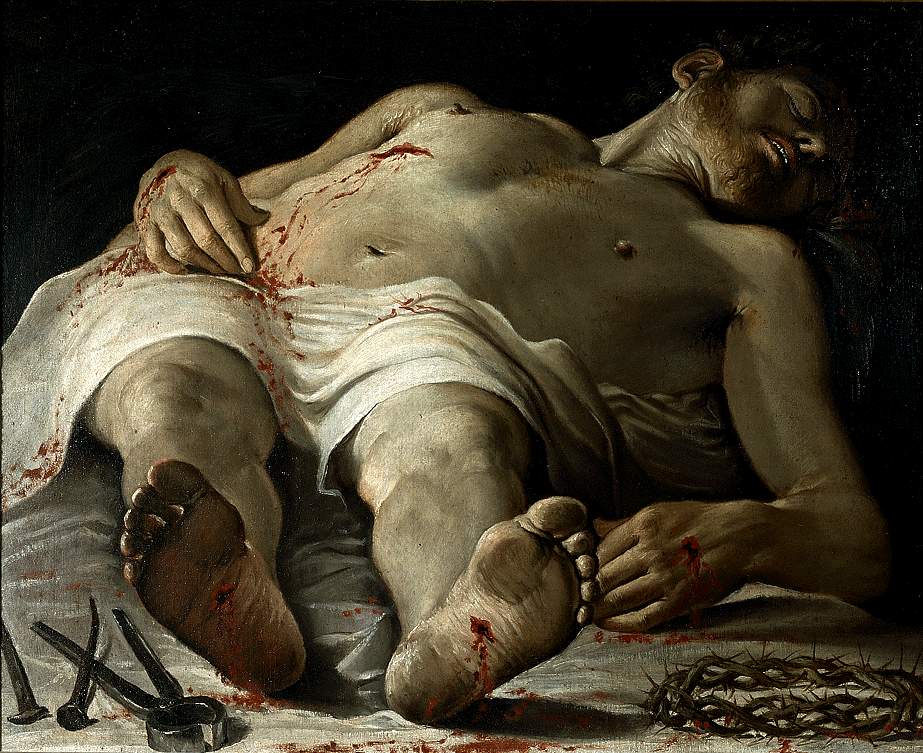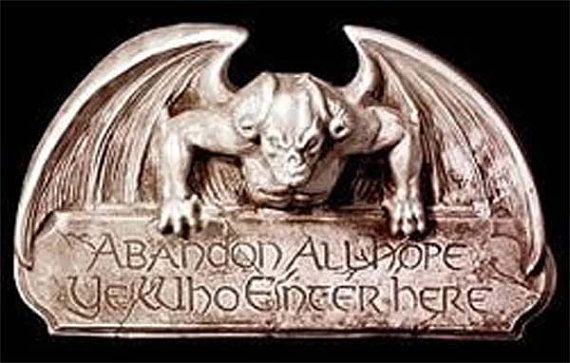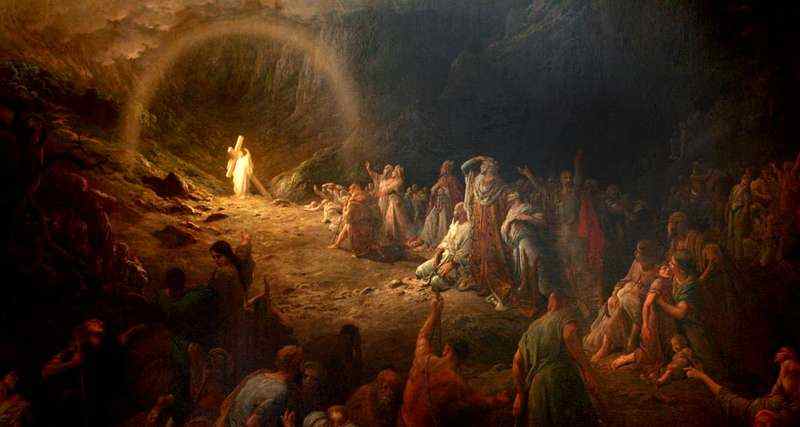Before we rush over to Easter,
let us take some time to pray
about Holy Saturday,
when our Lord was dead
in his tomb.

On Holy Saturday, our Lord Jesus “goes to Hell.”
This may sound shocking,
but we profess it all the time
when we pray the Apostles’ Creed:
“He descended into Hell;
the third day He rose again from the dead.”
What is important is we understand
what it means.
In Dante Alighieri’s 14th-century epic poem
Inferno,
the gate of hell has a terrifying warning
inscribed above it:
“Lasciate ogni speranza, voi ch’entrate!”—
which means:

Hell, after all, is the place
for the eternally damned,
those for whom we believe no hope is left,
not any remnant of hope for forgiveness
or salvation.
Anyone who dares–or is unfortunate enough–
to enter through the door to hell
may as well abandon hope.
But if there is one person
for whom this inscription does not apply,
it is Christ our Lord,
in whom alone lies the hope of all creation.
Biblical scholars and theologians clarify for us
that the Hell that our Lord descended to
on Holy Saturday is not the hell
of eternal punishment,
but more like the Hades of the lost souls,
where the ancient dead remained dead
because before the redemptive work
of our Lord,
the gate of heaven was shut to all.

Traditionally, Jesus is portrayed
as the liberator who triumphantly descended
to Hades
after his death in order to free
the millions of souls
that had been–till that moment–trapped there.
However, theologians like the eminent
Hans Urs von Balthasar
insist that this liberation of the lost souls
by our Lord didn’t happen
until His resurrection,
that Jesus first of all descended to Hades as a dead person.
Our Lord joined the dead
as a one of the dead.

It is an intriguing–and moving–thought.
That even in death, our Lord did not want
to distance himself from the rest of us.